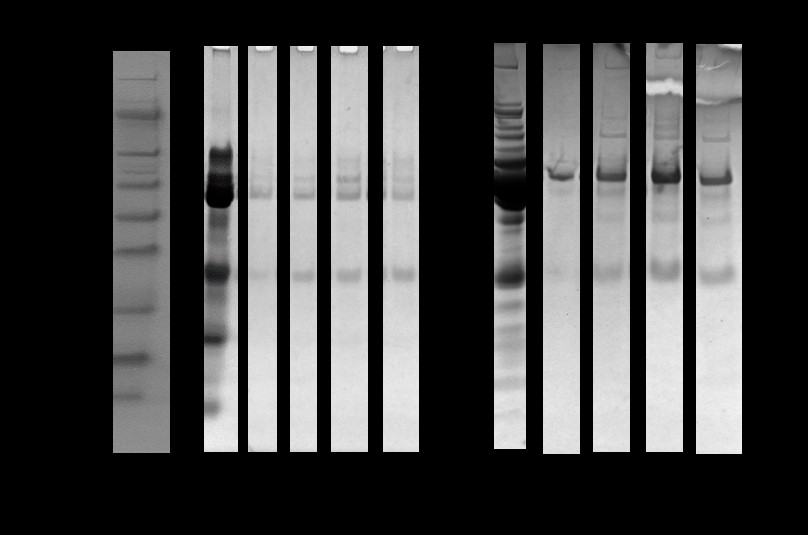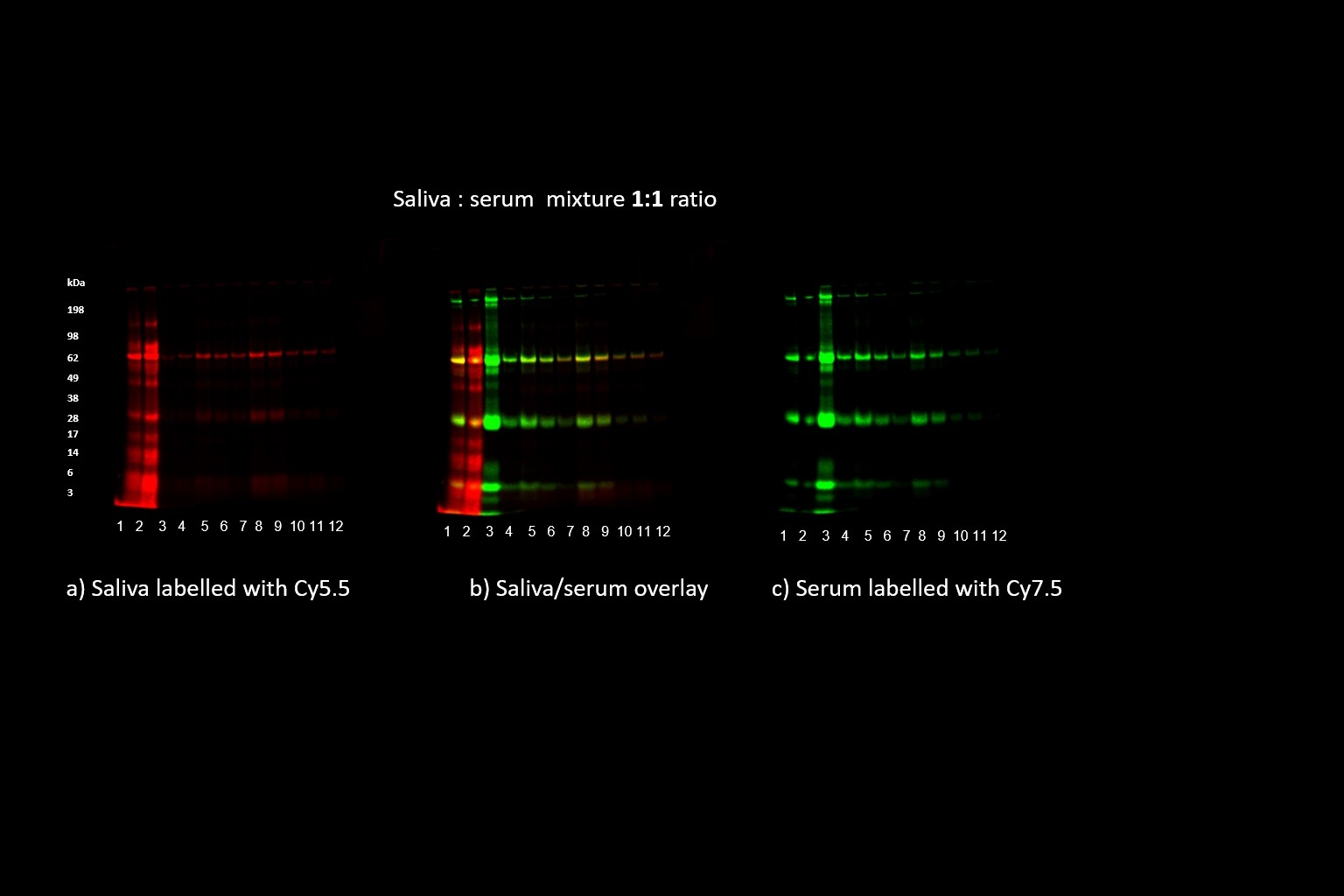IADR Abstract Archives
Adsorption of Salivary and Serum Proteins on Hydroxyapatite Powder and Pellets
Objectives: Caries and periodontal diseases are biofilm-induced diseases. The formation of the biofilm is initiated by adsorption of salivary proteins on hard dental surfaces and near gingivae, the pellicle can contain serum-derived and other proteins from gingival crevicular fluid (GCF). The aim of this study was to investigate adsorption of salivary and serum protein on hydroxyapatite as an in vitro model of pellicle formation on cervical tooth surfaces.
Methods: Whole mouth unstimulated saliva collected from 10 healthy volunteers and serum (Sigma-Aldrich, USA) were used to assess adsorption of salivary and serum proteins on hydroxyapatite (Hap) powder (Sigma-Aldrich, USA) and pellets (Himed, USA) as in vitro models. Hap powder and pellets were exposed to saliva and serum for 0-60 minutes and adsorbed proteins were identified and quantified using SDS PAGE (NuPage, Invitrogen) and the BCA assay (Thermo-Fisher scientific USA). Observation of competitive adsorption of salivary and serum proteins labelled with CyDyes (Cyanine 5.5 and 7.5 NHS esters, Lumiprobe, USA) mixed in ratios 1:9; 1:1 and 9:1 respectively was performed using near-infrared fluorescence detection system (Odyssey FC, Lumiprobe, USA).
Results: Both salivary and serum proteins showed selectivity in their binding onto hydroxyapatite powder and pellets, with as the most prominent being proline-rich proteins and albumin from saliva and serum respectively. Adsorption of both salivary and serum proteins increased with time (Fig 1) and in similar quantities relative to their initial concentration, although serum proteins appear to be more loosely bound as compared to salivary proteins. The quantity of serum proteins (1.29-1.36 mg/ml) eluted from Hap was four times larger compared to salivary proteins (0.22-0.39 mg/ml). Competitive binding of salivary and serum proteins indicates the potential for dynamic changes over time (Fig 2).
Conclusions: In conclusion, salivary and serum proteins show selective and time-dependent binding to Hap. This protocol can be used as a reproducible in vitro model to simulate salivary and serum protein adsorption onto tooth surfaces.
Methods: Whole mouth unstimulated saliva collected from 10 healthy volunteers and serum (Sigma-Aldrich, USA) were used to assess adsorption of salivary and serum proteins on hydroxyapatite (Hap) powder (Sigma-Aldrich, USA) and pellets (Himed, USA) as in vitro models. Hap powder and pellets were exposed to saliva and serum for 0-60 minutes and adsorbed proteins were identified and quantified using SDS PAGE (NuPage, Invitrogen) and the BCA assay (Thermo-Fisher scientific USA). Observation of competitive adsorption of salivary and serum proteins labelled with CyDyes (Cyanine 5.5 and 7.5 NHS esters, Lumiprobe, USA) mixed in ratios 1:9; 1:1 and 9:1 respectively was performed using near-infrared fluorescence detection system (Odyssey FC, Lumiprobe, USA).
Results: Both salivary and serum proteins showed selectivity in their binding onto hydroxyapatite powder and pellets, with as the most prominent being proline-rich proteins and albumin from saliva and serum respectively. Adsorption of both salivary and serum proteins increased with time (Fig 1) and in similar quantities relative to their initial concentration, although serum proteins appear to be more loosely bound as compared to salivary proteins. The quantity of serum proteins (1.29-1.36 mg/ml) eluted from Hap was four times larger compared to salivary proteins (0.22-0.39 mg/ml). Competitive binding of salivary and serum proteins indicates the potential for dynamic changes over time (Fig 2).
Conclusions: In conclusion, salivary and serum proteins show selective and time-dependent binding to Hap. This protocol can be used as a reproducible in vitro model to simulate salivary and serum protein adsorption onto tooth surfaces.


